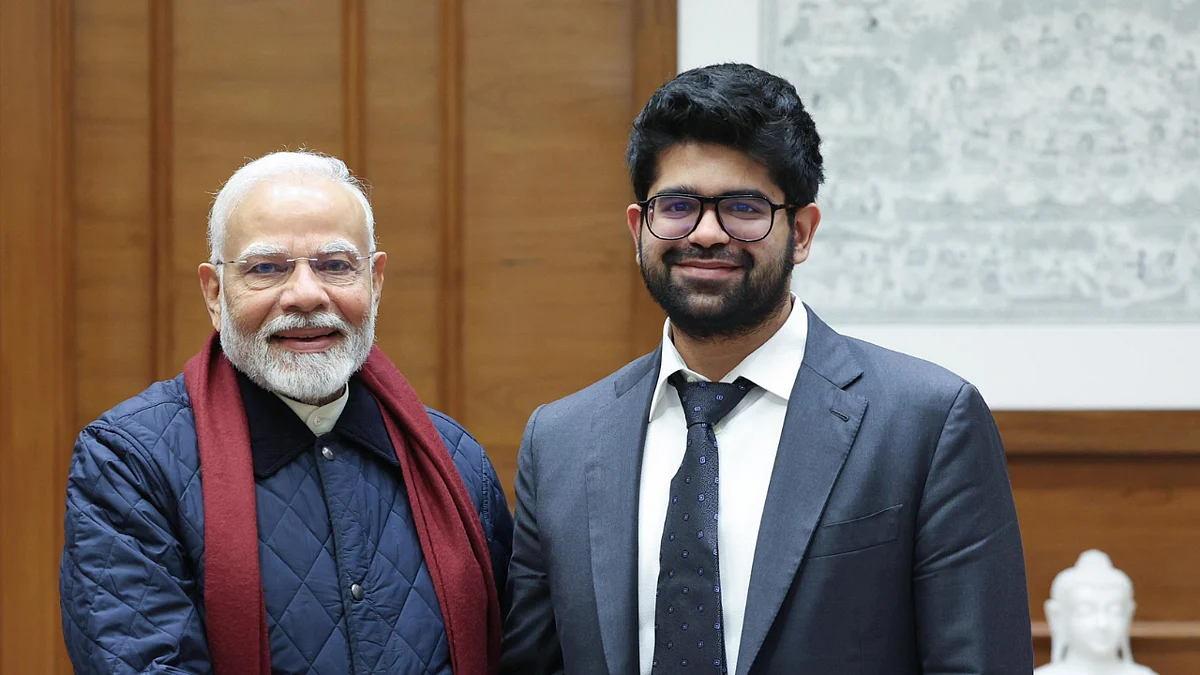Strategic Underfunding: Why a Financial Expert Is Saving Less for Their Child's College

In a move that challenges conventional wisdom, a personal finance expert is deliberately saving less for their child's college fund. This isn't a result of financial hardship, but a calculated strategy rooted in a deeper understanding of financial planning and risk management. Let's explore the reasoning behind this surprising decision, and whether it's a viable approach for other families.
The Conventional College Savings Advice
For years, parents have been bombarded with advice to start saving for college as early as possible. The mantra is simple: the more you save, the less debt your child will incur. 529 plans, Coverdell ESAs, and other investment vehicles have been heavily promoted as the primary tools for achieving this goal. While this advice isn't inherently wrong, it often overlooks a crucial element: opportunity cost.
The Opportunity Cost Argument
The expert's strategy revolves around the concept of opportunity cost. Every dollar saved for college is a dollar not invested elsewhere. Instead of locking up funds in a college savings plan, they believe those funds can potentially generate higher returns by being invested in assets like stocks or real estate. This is particularly true during periods of economic growth and favorable market conditions.
The core idea is to prioritize maximizing overall wealth, even if it means potentially relying on other funding sources for college – scholarships, grants, student loans, or even the child's own future earnings. The argument isn’t to *avoid* saving for college, but to consider whether the returns on those savings are truly optimal compared to alternative investment strategies.
Why This Strategy Might Make Sense
- Higher Potential Returns: Investing in a diversified portfolio can potentially yield higher returns than a typical college savings plan, especially over the long term.
- Flexibility: Funds invested outside of a college savings plan offer more flexibility. They can be used for other purposes if college isn't the right path for the child.
- Tax Advantages Elsewhere: Tax-advantaged retirement accounts offer significant benefits that might outweigh the tax advantages of a 529 plan.
- Scholarship Potential: Lowering the perceived need for financial aid can increase a child's chances of receiving scholarships and grants.
The Risks and Considerations
Of course, this strategy isn't without its risks. Relying on scholarships and student loans introduces uncertainty and potential debt. Market downturns can impact investment returns, potentially leaving less money available for college.
Furthermore, this approach requires a high degree of financial literacy and a willingness to take on more risk. It's not a one-size-fits-all solution and should be carefully considered based on individual circumstances and risk tolerance.
Is This Right for You?
The decision of how much to save for college is deeply personal. While this expert's strategy is intriguing, it’s crucial to weigh the potential benefits against the risks. Consider your own financial situation, your child’s potential academic achievements, and your comfort level with risk. Consulting with a financial advisor is always a good idea before making any major financial decisions.
Ultimately, the goal is to secure your child's future, whether that means minimizing student loan debt or providing them with the resources to pursue their passions, regardless of the path they choose.






